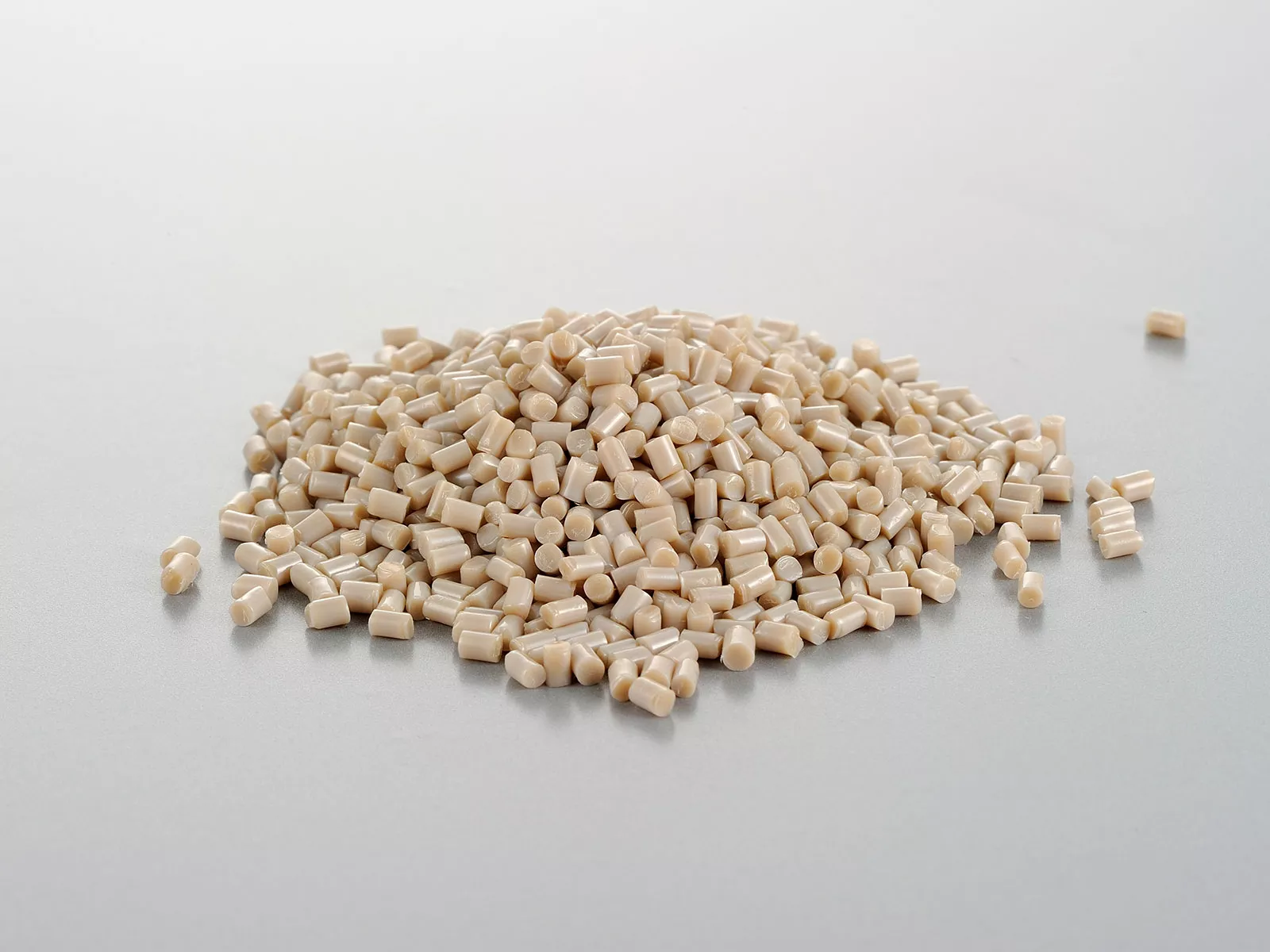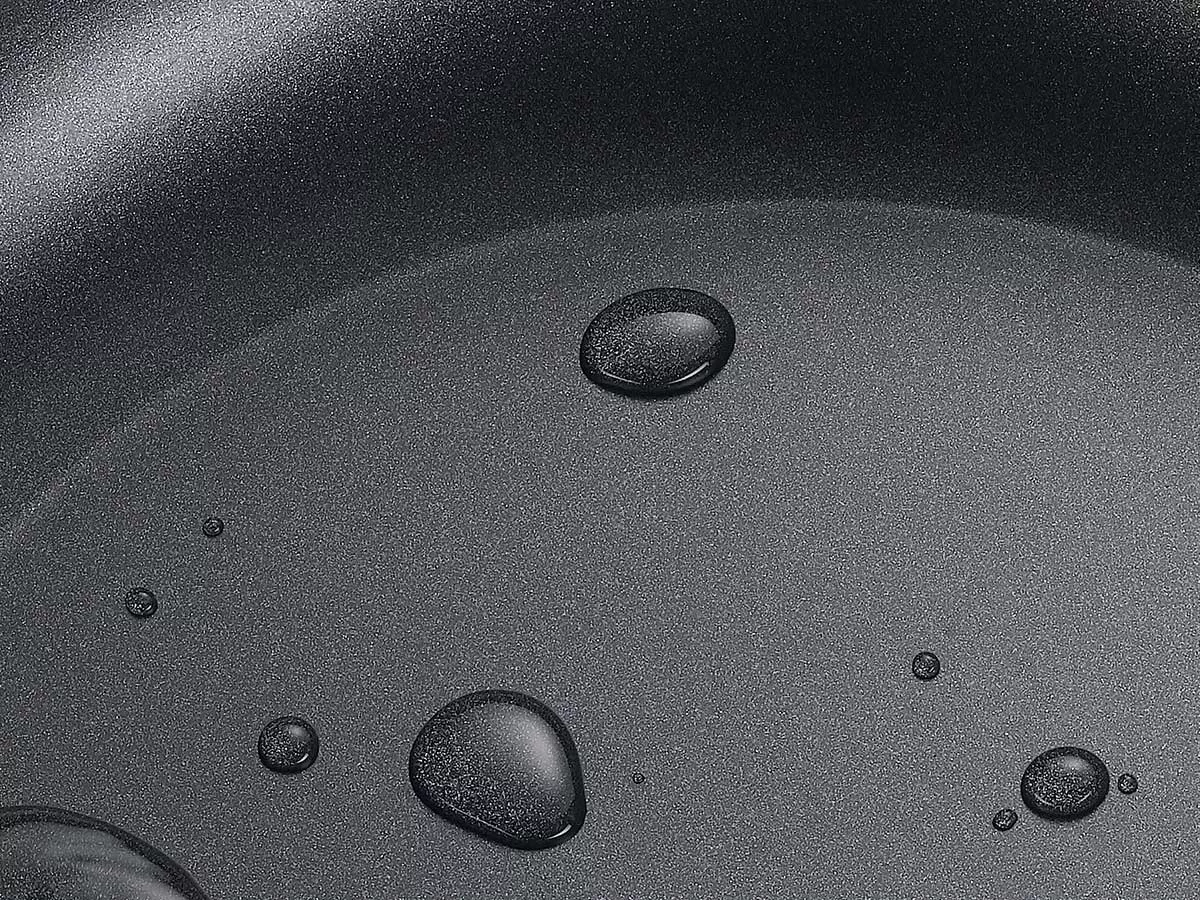1. Ceramic Cookware
Ceramic cookware is a popular choice for many home cooks. It is made from natural materials, primarily clay, which makes it eco-friendly. This type of cookware is known for its attractive appearance and is often available in various colors. Here are some key points about ceramic cookware:
- Non-toxic: Ceramic cookware does not contain harmful chemicals, making it a safe option for cooking.
- Good for slow cooking: It retains heat well, making it ideal for dishes like soups and casseroles.
- Versatile: You can use it in the oven, microwave, and even on the stovetop.
However, there are some downsides to consider:
- Fragile: Ceramic can chip or crack easily if not handled carefully.
- Heats slowly: It takes longer to heat up compared to stainless steel or aluminum cookware.
- Requires care: You need to wash it by hand and use non-metal utensils to avoid scratches.
Ceramic cookware is a great option if you want something that is both beautiful and safe for your family. It’s perfect for cooking delicate foods like eggs and pancakes, but it may not be the best choice for high-heat cooking.
In summary, ceramic cookware offers a unique blend of non-toxic cooking with an attractive appearance, making it a valuable addition to any kitchen. However, it requires careful handling and may not be suitable for all cooking methods.
2. Stainless Steel Cookware
Stainless steel cookware is a popular choice among both amateur and professional chefs. Its durability and resistance to corrosion make it a top pick for many kitchens. Here are some key points about stainless steel cookware:
Pros
- Durability: Stainless steel is one of the most durable materials available for cookware.
- Non-reactive: It does not react with acidic foods, ensuring that the taste and nutritional value of your meals remain intact.
- High heat tolerance: Stainless steel can withstand high temperatures, making it safe for oven use up to 1200º F.
Cons
- Food sticking: Without a nonstick coating, food can stick to the surface, making it harder to clean.
- Requires seasoning: Proper heating and seasoning are necessary to prevent food from burning.
- Heat conduction: If not fully clad, stainless steel pans may have hot spots, leading to uneven cooking.
Care Tips
- Avoid using stainless steel for storing food.
- Do not cook highly acidic or salty foods to prevent corrosion.
- Clean with non-abrasive materials to maintain the surface.
Stainless steel cookware is an excellent choice if you prioritize durability and safety in your kitchen. However, it requires some care to ensure optimal performance.
Conclusion
In summary, stainless steel cookware offers a blend of durability and high heat resistance, making it a favorite among cooks. However, it does require some attention to prevent sticking and ensure even cooking. For those looking for reliable cookware, the classic stainless steel is the material of choice for both amateur and professional cooks.
3. Nonstick Coating
When it comes to nonstick coatings, there are two main types to consider: PTFE-coated and ceramic-coated cookware. Each has its own benefits and drawbacks that can affect your cooking experience.
PTFE-Coated Cookware
PTFE, commonly known as Teflon, is a synthetic coating that prevents food from sticking. Here are some key points about PTFE-coated cookware:
- Easy to clean: Food slides off easily, making cleanup a breeze.
- Lightweight: Most PTFE cookware is easy to handle.
- Best for delicate foods: Ideal for cooking eggs, pancakes, and other delicate items.
However, there are some concerns:
- Durability: PTFE coatings can wear out after about three to five years.
- High heat issues: If overheated, PTFE can release harmful fumes.
- Not natural: Being synthetic, it may not be suitable for everyone.
Ceramic-Coated Cookware
Ceramic-coated cookware is made from natural materials and is often considered a safer alternative. Here are its advantages:
- Toxin-free: No harmful chemicals, even at high temperatures.
- Eco-friendly: Many brands claim to use less CO2 in production.
- Colorful options: Available in various colors to match your kitchen decor.
However, ceramic cookware also has its downsides:
- Less durable: Typically lasts about one year before losing its nonstick properties.
- Scratches easily: Requires careful handling to avoid damage.
- Uneven heating: May not heat as evenly as other materials.
| Feature | PTFE-Coated | Ceramic-Coated |
|---|---|---|
| Durability | 3-5 years | ~1 year |
| Toxin-free | No | Yes |
| Best for | Delicate foods | Low to medium heat |
| Color options | Limited | Many |
Understanding the differences in nonstick coatings helps you choose the right cookware for your needs. Whether you prioritize safety, ease of cleaning, or cooking performance, knowing these details can guide your decision.
4. Heat Retention
When it comes to heat retention, ceramic cookware shines brightly. Pure ceramic cookware is known for its heat retention, which means it cooks evenly and is ideal for low and slow cooking. This makes it a great choice for dishes that require gentle cooking, like casseroles or stews.
On the other hand, stainless steel cookware has its own strengths. While it doesn't retain heat as well as ceramic, it heats up quickly and can handle high temperatures, making it suitable for searing and browning.
Key Points to Consider:
- Ceramic Cookware:
- Stainless Steel Cookware:
| Cookware Type | Heat Retention | Best Use |
|---|---|---|
| Ceramic | High | Baking, Stews |
| Stainless Steel | Moderate | Searing, Browning |
In summary, if you want cookware that keeps your food warm and cooks evenly, ceramic is the way to go. However, for quick heating and high-temperature cooking, stainless steel is your best bet.
5. Durability
When it comes to durability, stainless steel cookware stands out as one of the toughest options available. It can withstand high temperatures and is resistant to rust and corrosion. Here’s a quick comparison of the durability of ceramic and stainless steel cookware:
| Feature | Ceramic Cookware | Stainless Steel Cookware |
|---|---|---|
| Lifespan | 3-5 years | 10+ years |
| Heat Resistance | Moderate (up to 500°F) | High (up to 1200°F) |
| Scratch Resistance | Low (can scratch easily) | High (very scratch-resistant) |
| Reactivity with Food | Can react with acidic foods | Non-reactive |
Ceramic Cookware
Ceramic cookware is made from natural materials, but it has its limitations. Over time, it can lose its non-stick properties and may chip or scratch, especially if not cared for properly. Here are some key points about ceramic cookware durability:
- Lifespan: Typically lasts around 3 to 5 years.
- Heat Sensitivity: Can warp if exposed to high heat.
- Maintenance: Requires careful handling to avoid scratches.
Stainless Steel Cookware
On the other hand, stainless steel cookware is known for its long-lasting nature. Here are some advantages:
- Lifespan: Can last over a decade with proper care.
- Heat Tolerance: Can handle high temperatures without damage.
- Maintenance: Easy to clean and maintain its shine.
Stainless steel cookware is a great investment for those who want durability and longevity in their kitchen tools. It can handle the heat and is resistant to wear and tear, making it a reliable choice for everyday cooking.
6. Versatility
When it comes to versatility, both ceramic and stainless steel cookware have their strengths. Stainless steel cookware is preferred by both home and professional chefs, making it a go-to choice for various cooking methods. Here’s a breakdown of how each type of cookware stacks up:
Ceramic Cookware
- Ideal for high-heat cooking: Ceramic is great for recipes that require high temperatures without releasing toxic fumes.
- Eco-friendly: Made from natural materials, ceramic cookware is a safer choice for the environment.
- Nonstick surface: This makes it easy to cook delicate foods like eggs and pancakes without sticking.
Stainless Steel Cookware
- Durable and long-lasting: Stainless steel can withstand scratches and dents, making it a reliable option for everyday use.
- Great for searing and browning: It handles high heat well, which is perfect for achieving that golden crust on meats.
- Versatile cooking methods: You can use stainless steel for frying, boiling, sautéing, and even baking.
| Feature | Ceramic Cookware | Stainless Steel Cookware |
|---|---|---|
| Heat Resistance | High | Very High |
| Nonstick | Yes | No |
| Eco-Friendly | Yes | No |
| Durability | Moderate | High |
In summary, both ceramic and stainless steel cookware offer unique benefits that cater to different cooking styles. Choosing the right one depends on your cooking needs and preferences.
Final Thoughts on Ceramic and Stainless Steel Cookware
In summary, both ceramic and stainless steel cookware have their own strengths and weaknesses. Ceramic cookware is great for beginners and offers a nonstick surface that makes cooking and cleaning easier. However, it may not last as long and can be more delicate. On the other hand, stainless steel cookware is incredibly durable and versatile, perfect for various cooking techniques. It requires a bit more skill to use effectively, but it can handle high heat and is less likely to scratch. Ultimately, the best choice depends on your cooking style and preferences. Whether you choose ceramic, stainless steel, or even both, knowing their differences will help you make the right decision for your kitchen.









